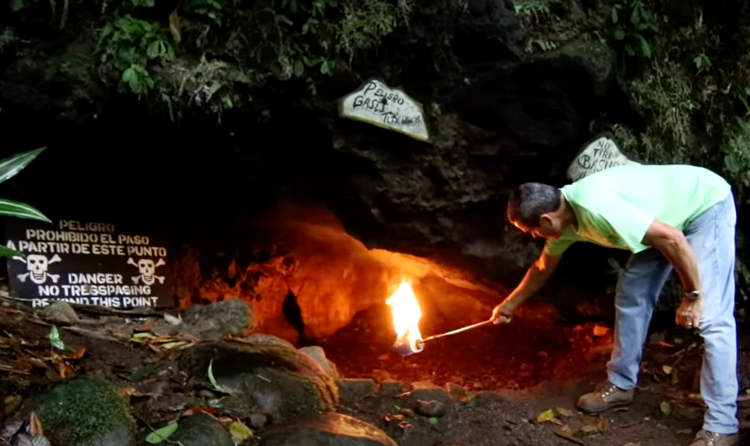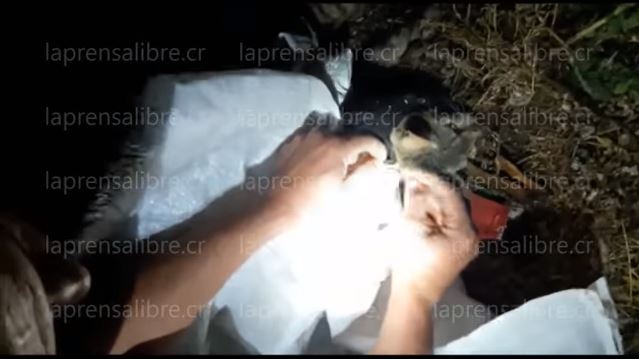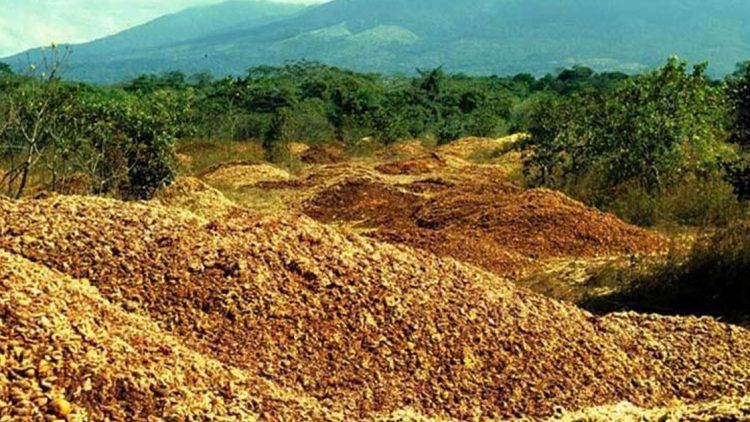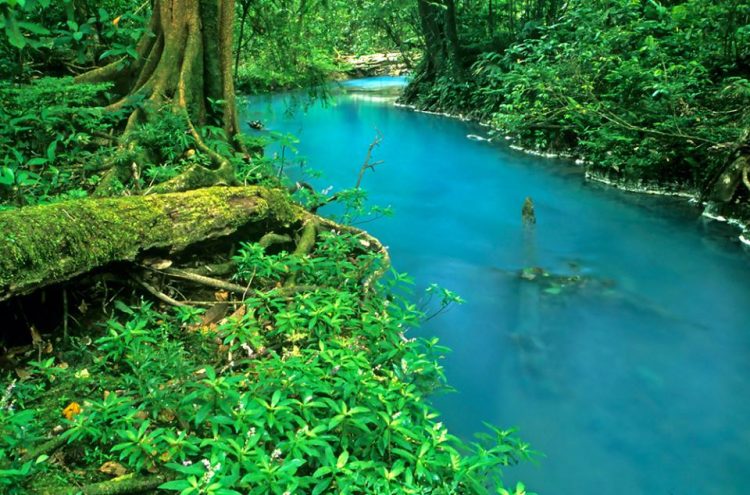Costa Rica’s Cave of Death Is Lethal to Any Creature That Enters It

The Recreo Verde tourist complex in Venecia de San Carlos, Costa Rica, is home to a tiny mountain cavern that has come to be known as The Cave of Death due to its ability to kill any creature that enters it. Located on the edge of the Poas Volcano, la Cueva de la Muerte is […]
Costa Rican Inmates Use “Trained Cats” to Smuggle Cell Phones into Prisons

Mobile phones being smuggled into prisons is a worldwide problem, but Costa Rica may have recently became the first country where people are using “trained cats” to deliver cell phones into prisons. On Tuesday morning, the Costa Rican Ministry of Justice released a video of a cat intercepted while trying to make its way into La Reforma […]
How Discarded Orange Peels Brought a Costa Rica Forest Back to Life

20 years ago, a couple of ecologists fighting for the conservation of Costa Rica’s tropical ecosystems convinced a large orange juice producer to donate part of their forestland to a national park in exchange for the right to dispose of massive amounts of orange peels on a degraded plot of land within that same park. […]
Costa Rica’s Turquoise River – A Natural Optical Illusion

Up until four years ago, Rio Celeste, a 14-kilometer river in Costa Rica’s Alajuela province, was a complete mystery to scientists, who could not understand why its waters had an unusual turquoise color. And then they realized that it wasn’t turquoise at all. Theories regarding the turquoise color of Rio Celeste had been circulating in the scientific community […]
Costa Rica’s “Land of the Mixed Breeds – A Natural Paradise for Dogs and Dog Lovers Alike
‘Territorio de Zaguates’ (Land of the Mixed Breeds) is probably as close as it gets to a real-life doggy heaven. Located in a beautiful part of Costa Rica where the sun shines all year round and the average temperature is a pleasant 22 degrees C, this unique canine haven is home to 900-odd stray dogs with […]
Man Spends 50 Years Visiting Every Country in the World
Calling Albert Podell ‘well traveled’ would be an understatement. 78-year-old Podell, a former Playboy editor, can truly say that he’s seen it all, after spending half a century visiting every country in the world. He’s encountered pretty much everything on his travels, right from guerillas in Yemen, to flying-crab attacks in Algeria, and police interrogations […]
Humane Bullfighting in Costa Rica – No one Can Hurt the Bull but the Bull Can Kill Anyone

While the bullfights of Spain and Mexico generally don’t end well for the bull, Costa Ricans prefer to do things differently. Since cattle are revered as a source of income for thousands of farming families in the nation, they don’t consider it practical to kill bulls for sport. Although bullfights are a main event at Zapote […]
The Mysterious Stone Spheres of Costa Rica

Spread all over Diquis Delta, and on the Isla de Cano, the mysterious stone spheres of Costa Rica have fascinated scientists ever since they were discovered, in 1930. Known as “Las Bolas”, by the locals, the spheres range from a few inches to meters, in diameter, and reach weights of up to 16 tons. Researchers […]
